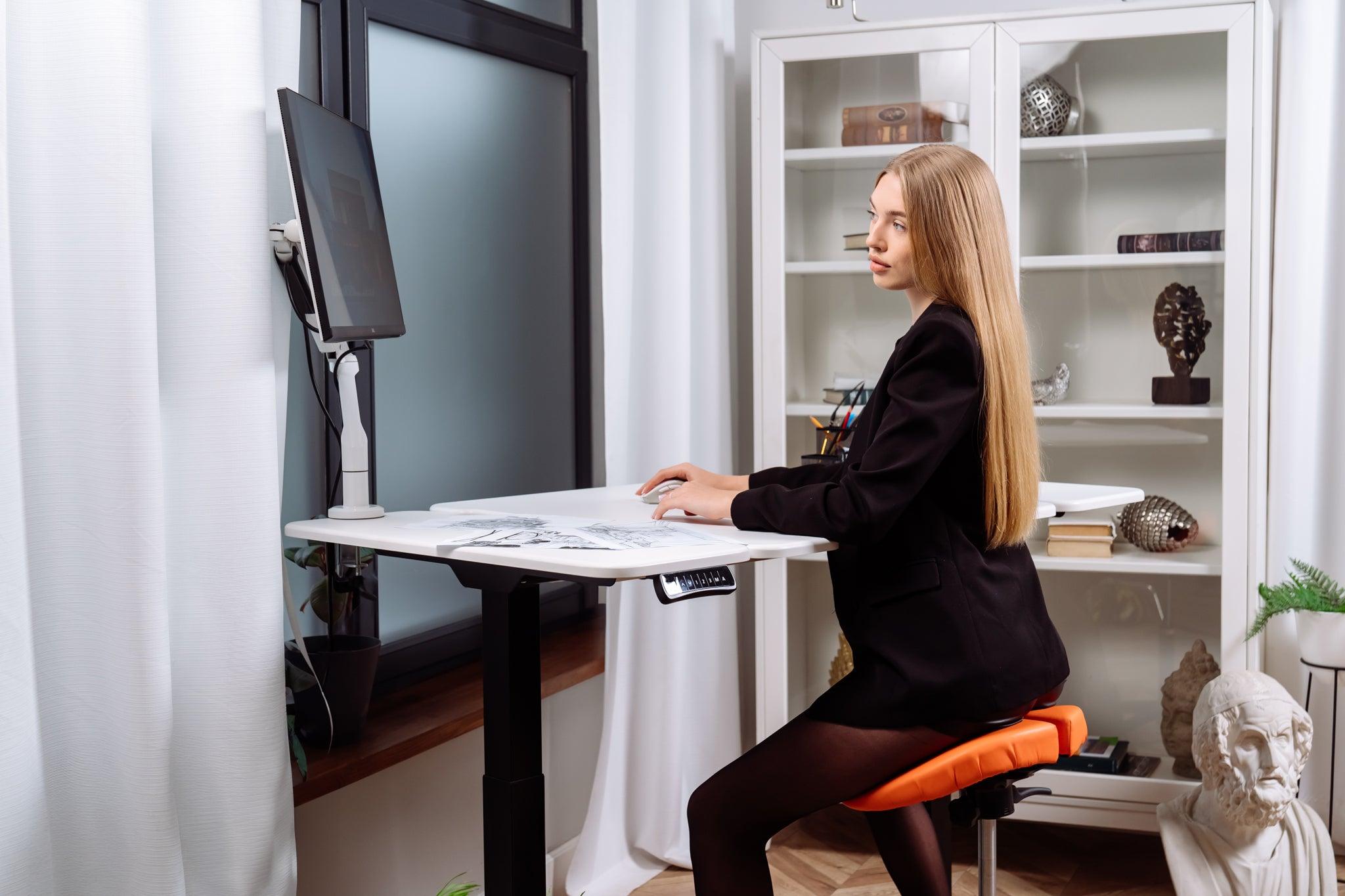IS AN ERGONOMIC CHAIR WORTH YOUR MONEY? AND HOW TO CHOOSE THE PERFECT ONE FOR YOU?
About 80% of people suffer from back pain during their lifetime, and 70% of office workers face problems related to a sedentary lifestyle, such as back, neck and arm pain. Modern lifestyles are increasingly centered around sitting at a computer, which further exacerbates these problems. That is why the correct organization of the workplace is extremely important, and ergonomic chairs can help with this.
Studies and their results
-
CAESAR (Civilian American and European Surface Anthropometry Resource) :
- The study : Conducted from 1998 to 2003, it involved more than 6,000 people from the United States, the Netherlands, and Italy. The collected three-dimensional anthropometric data helped to create ergonomic chairs that take into account different body types and positions.
- Results : Using such chairs can reduce fatigue and back pain by 30% .
-
Dowell, Green, and Yuan (2001) :
- Research : "Office Seating Behaviors: An Investigation of Posture, Task, and Job Type".
- Results : Ergonomic chairs significantly reduce stress in the lower back by 25% and increase comfort during work by 30%, which reduces the number of sick days by 20%.
-
Amick BC, Robertson M, DeRango K, et al. (2003) :
- Research : The effect of ergonomic intervention on the reduction of musculoskeletal symptoms.
- Results : Participants who used the ergonomic chairs reported a 30% reduction in neck and shoulder pain, as well as a reduction in overall discomfort while working.
-
Stumpf, Walker, and Dowell (2003) :
- Research : "The Benefits of Pelvic Stabilization".
- Results : Ergonomic chairs with pelvic support reduce the risk of developing chronic lower back pain by 25%.
Key points when choosing an ergonomic chair
Height adjustment
The chair should allow the user to place their feet flat on the floor, while the hips should be parallel to the floor. The optimal height of the chair to ensure correct posture is from 40 to 52 cm from the floor to the seat. This allows you to reduce the load on the knees and ensure the correct angle between the hips and the body.
- Recommendation : Choose a chair with height adjustment from 40 to 52 cm.
- Research : Research by Lewis et al. (2002) showed that correct adjustment of chair height reduces the risk of musculoskeletal disorders.
Lumbar support
Proper lumbar support is important to reduce stress on the lower back. The chair should be able to be adjusted to the waist to ensure proper support of the natural curve of the spine.
- Recommendation : Choose a chair with adjustable lumbar support in the range of 5-10 cm.
- Research : A study by Dowell et al. (2001) showed that lumbar support reduced stress on the lower back by 25%.
Back and seat tilt
The back of the chair should be able to tilt to ensure optimal comfort. The seat should also be able to adjust the angle of inclination. This allows you to distribute body weight evenly and reduce the load on the spine.
- Recommendation : Choose a chair with the possibility of tilting the back from 90 to 135 degrees.
- Research : A study by Stumpf et al. (2003) showed that adjustable backs and seats reduce the risk of developing chronic low back pain by 25%.
Armrests
Armrests support the arms and reduce tension in the shoulders and neck. It is important that the armrests are adjustable in height and width to ensure proper support of the hands while working.
- Recommendation : Armrests should be adjustable in the range of 18-25 cm from the seat.
- Research : A study by Robertson et al. (2009) showed that properly adjusted armrests reduce shoulder and neck stress by 30%.
Materials and comfort
The chair should be made of quality materials, such as breathable mesh or soft foam, that provide comfort and durability. Breathable materials help reduce body overheating during prolonged sitting, and soft foam provides optimal support and comfort.
- Recommendation : Choose a chair with a breathable mesh for the back and high-quality foam for the seat.
- Research : A study by Helander & Zhang (1997) found that materials with good ventilation and cushioning reduced overall discomfort by 20%.
Conclusion
Ergonomic chairs are an important part of a healthy workplace. They help reduce the risk of diseases, improve productivity and comfort. Investing in a quality ergonomic chair is an investment in health and well-being.
These recommendations are based on scientific research and will help you choose a chair that will provide optimal comfort and support during work


to share:
Workplace organization: the benefits of working in a dynamic posture
Balance boards: How not to sit in the office all day.